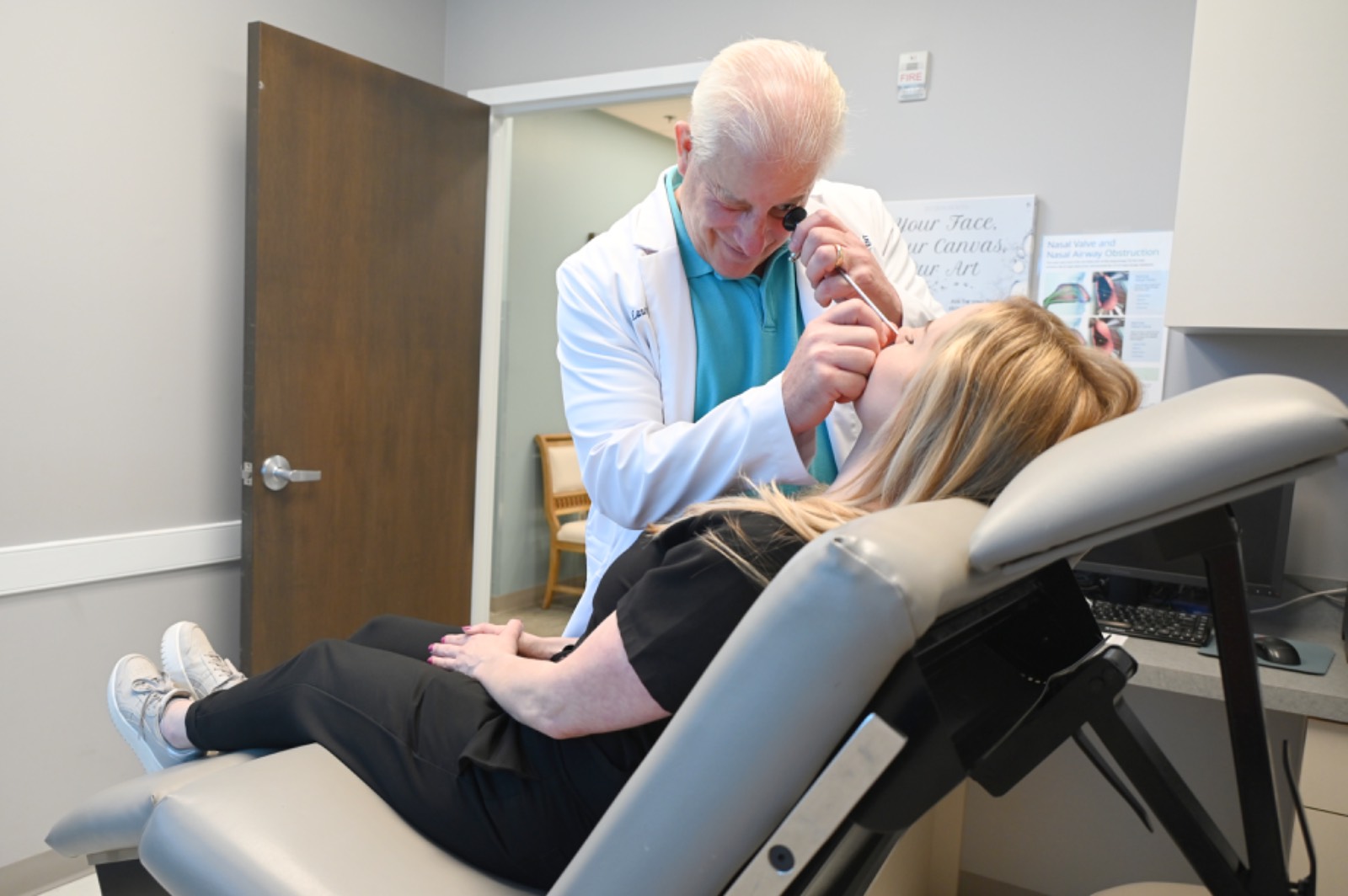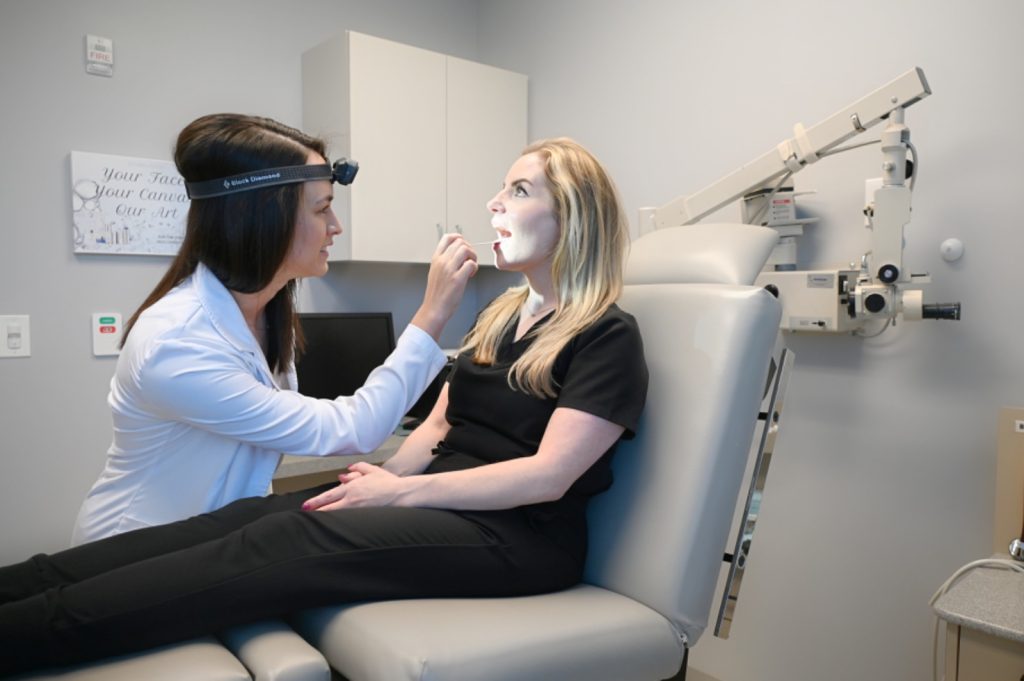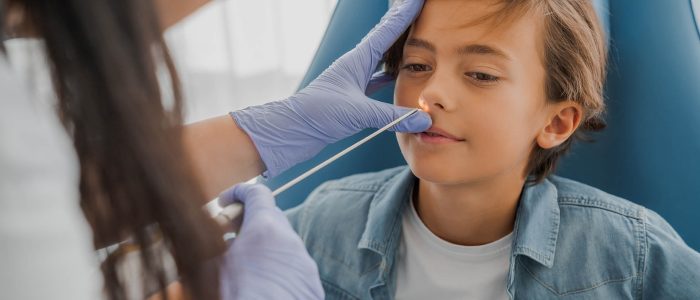770-971-1533
Sign-in
Obstructive sleep apnea occurs when a child stops breathing during periods of sleep. The cessation of breathing usually occurs because of a blockage (obstruction) in the airway. Tonsils and adenoids may grow to be large relative to the size of a child’s airway (passages through the nose and mouth to the windpipe and lungs). Inflamed and infected glands may grow to be larger than normal, thus, causing more blockage. The enlarged tonsils and adenoids block the airway during sleep. The tonsils and adenoids are made of lymph tissue and are located at the back of the nose and to the sides of the throat. During episodes of blockage, the child may look as if he/she is trying to breath (the chest is moving up and down), but no air is being exchanged within the lungs. Often these episodes conclude with a period of awakening and compensation for lack of breathing. Periods of blockage occur regularly throughout the night and result in a poor, interrupted sleep pattern. Sometimes, the inability to circulate air and oxygen in and out of the lungs results in lowered blood oxygen levels. If this pattern continues, the lungs and heart may suffer permanent damage. Obstructive sleep apnea is most commonly found in children between 3 to 6 years of age. It occurs more commonly in children with Down syndrome and obesity.


In children, the most common cause of obstructive sleep apnea is enlarged tonsils and adenoids in the upper airway. Infections may cause these glands to enlarge. Large adenoids may completely block the nasal passages and make breathing through the nose difficult or impossible. There are many muscles in the head and neck that help to keep the airway open. When a person (child or adult) falls asleep, muscle tone tends to decrease, thus, allowing tissues to fold closer together. If the airway is partially closed (by enlarged glands) while awake, falling asleep may result in a completely closed passage.
The following are the most common symptoms of obstructive sleep apnea. However, each child may experience symptoms differently. Symptoms may include:

Your child’s physician should be consulted if noisy breathing during sleep or snoring becomes noticeable. Your child may be referred to an ear, nose, and throat (ENT) physician (otolaryngologist) for further evaluation.
In addition to a complete medical history and physical examination, diagnostic procedures for obstructive sleep apnea may include:
Specific treatment for obstructive sleep apnea will be determined by your child’s physician based on:
The treatment for obstructive sleep apnea is based on the cause. Since enlarged tonsils and adenoids are the most common cause of airway blockage in children, the treatment is typically surgery to remove the tonsils (tonsillectomy) and/or adenoids (adenoidectomy). Your child’s otolaryngologist will discuss the treatment options, risks, and benefits with you. This surgery requires general anesthesia. Depending on the health of the child, surgery may be performed on an outpatient basis. Other treatments include wearing a special mask while sleeping to keep the airway open, (continuous positive airway pressure CPAP). Medications may also be used to treat sleep apnea especially if the disease is mild.